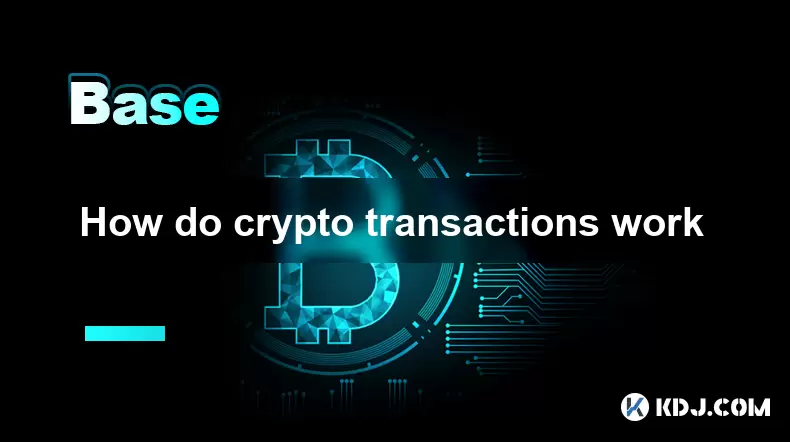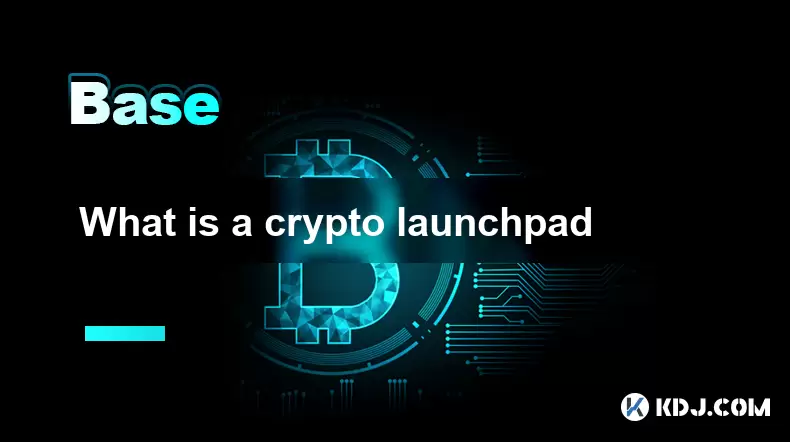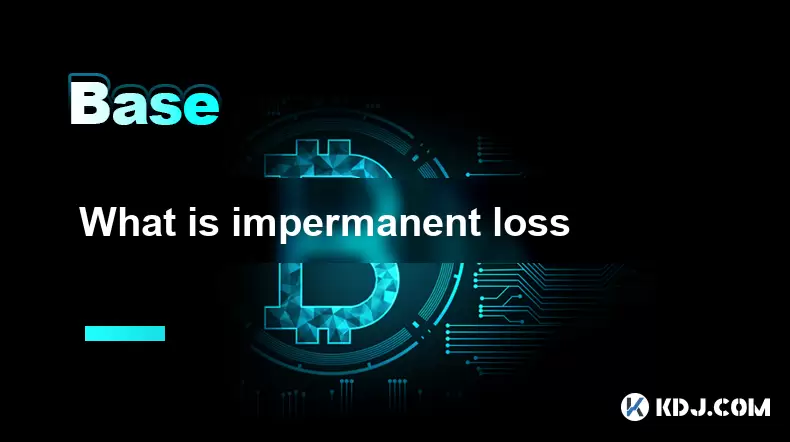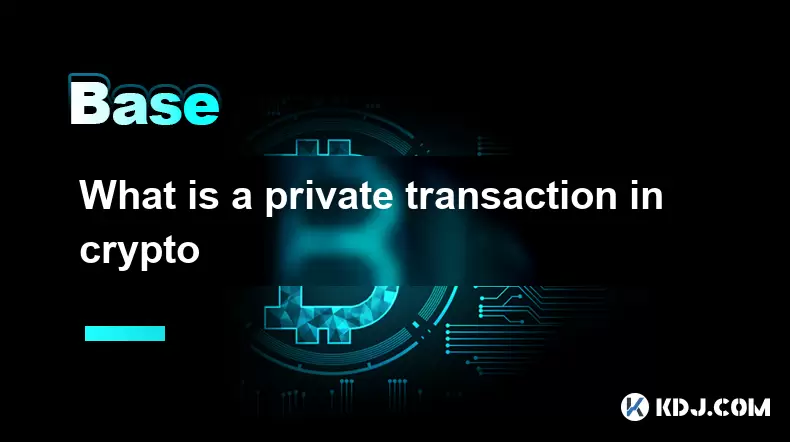-
 Bitcoin
Bitcoin $111,259.5910
2.32% -
 Ethereum
Ethereum $2,789.1977
6.17% -
 Tether USDt
Tether USDt $1.0006
0.06% -
 XRP
XRP $2.4172
3.88% -
 BNB
BNB $671.6585
1.21% -
 Solana
Solana $157.1336
2.90% -
 USDC
USDC $1.0001
0.02% -
 TRON
TRON $0.2913
1.52% -
 Dogecoin
Dogecoin $0.1809
5.04% -
 Cardano
Cardano $0.6213
4.40% -
 Hyperliquid
Hyperliquid $41.7572
6.29% -
 Sui
Sui $3.1623
8.35% -
 Bitcoin Cash
Bitcoin Cash $513.7819
1.17% -
 Chainlink
Chainlink $14.2966
1.64% -
 Stellar
Stellar $0.2904
9.82% -
 UNUS SED LEO
UNUS SED LEO $8.9624
-0.86% -
 Avalanche
Avalanche $19.4161
5.41% -
 Hedera
Hedera $0.1754
8.17% -
 Shiba Inu
Shiba Inu $0.0...01243
4.58% -
 Toncoin
Toncoin $2.8743
2.25% -
 Litecoin
Litecoin $90.6242
3.12% -
 Monero
Monero $328.7483
3.34% -
 Polkadot
Polkadot $3.6433
5.06% -
 Dai
Dai $1.0002
0.02% -
 Ethena USDe
Ethena USDe $1.0011
0.06% -
 Uniswap
Uniswap $8.3418
8.66% -
 Bitget Token
Bitget Token $4.4331
2.68% -
 Pepe
Pepe $0.0...01102
8.17% -
 Aave
Aave $297.1705
-0.69% -
 Pi
Pi $0.4712
1.31%
How do crypto transactions work
Crypto transactions are peer-to-peer transfers secured by blockchain, verified via public/private keys and network validators, with fees influenced by demand and processed through digital wallets.
Jul 10, 2025 at 05:42 pm

Understanding the Basics of Crypto Transactions
Crypto transactions are digital exchanges of value that occur on a blockchain network. These transactions involve the transfer of cryptocurrency from one wallet to another. Unlike traditional banking systems, crypto transactions are peer-to-peer, meaning they do not require intermediaries like banks or financial institutions.
Each transaction is recorded on a decentralized ledger known as the blockchain. This ensures transparency and security, as every participant in the network can verify the transaction details. The process begins when a user initiates a transaction using their private key, which acts as a digital signature proving ownership of the funds being sent.
The recipient’s public key, or wallet address, is where the funds will be delivered. Once initiated, the transaction is broadcasted to the network and awaits confirmation by miners or validators depending on the consensus mechanism used—such as Proof of Work (PoW) or Proof of Stake (PoS).
The Role of Public and Private Keys
At the core of every crypto transaction are two cryptographic keys: the public key and the private key. These keys work together to ensure secure and verifiable transfers.
The public key serves as your wallet address, which you share with others to receive funds. It is derived from the private key through a mathematical algorithm but cannot be reverse-engineered to reveal the private key.
Conversely, the private key must remain confidential at all times. It allows the owner to sign transactions and prove ownership of the associated public key address. If someone gains access to your private key, they can control your funds entirely.
When initiating a transaction, the sender uses their private key to create a digital signature. This signature is then verified by the network using the corresponding public key. Only validly signed transactions are accepted into the blockchain.
How Transactions Are Verified on the Blockchain
After a transaction is created and signed, it is broadcasted to the network for validation. Miners or validators play a crucial role in this step, especially in networks that use Proof of Work or Proof of Stake mechanisms.
In a PoW system, miners compete to solve complex mathematical puzzles to validate a block of transactions. The first miner to solve the puzzle gets to add the block to the blockchain and is rewarded with newly minted coins and transaction fees.
In PoS systems, validators are chosen based on the amount of cryptocurrency they "stake" as collateral. They verify transactions and create new blocks in proportion to their stake. Both systems aim to prevent fraudulent activity and maintain the integrity of the blockchain.
Once verified, the transaction is added to a block and becomes part of the immutable ledger. Each block is cryptographically linked to the previous one, making it extremely difficult to alter past transactions without detection.
Transaction Fees and Network Congestion
Every crypto transaction includes a transaction fee, which is paid to miners or validators for processing the transfer. These fees fluctuate based on network congestion and block space demand.
During periods of high activity, users may choose to pay higher fees to prioritize their transactions. This is common during events such as NFT drops or major market movements when many people are trying to send transactions simultaneously.
Most wallets allow users to manually adjust the gas price or transaction fee before sending. Understanding how to optimize these settings can help reduce costs and improve transaction speed.
It’s also important to note that different blockchains have varying fee structures. For example, Ethereum uses a gas-based model, while Bitcoin relies on byte size for fee calculation. Knowing how each network operates helps users make informed decisions.
Wallets and Their Importance in Transaction Execution
To perform any crypto transaction, users need a wallet—a software or hardware tool that manages keys and interacts with the blockchain. Wallets come in various forms, including mobile apps, desktop programs, and physical devices.
A hot wallet is connected to the internet and offers convenience for frequent transactions. However, it is more vulnerable to hacking attempts. A cold wallet, such as a hardware wallet or paper wallet, stores keys offline and provides enhanced security for long-term holdings.
Before executing a transaction, users must ensure they are using the correct wallet address format for the specific cryptocurrency. Sending Bitcoin to an Ethereum address, for instance, can result in permanent loss of funds.
Wallets also display transaction details such as recipient address, amount, and fees before finalizing the transfer. Always double-checking these details prevents costly mistakes.
Steps to Execute a Basic Crypto Transaction
Performing a crypto transaction involves several precise steps. Here's a detailed walkthrough:
- Open your wallet application or platform.
- Navigate to the Send or Transfer section.
- Enter the recipient’s wallet address carefully.
- Specify the amount of cryptocurrency you wish to send.
- Review the estimated transaction fee.
- Confirm the transaction using your private key or biometric authentication.
- Wait for network confirmations.
Some wallets offer QR code scanning for easier address entry. Always ensure the scanned code corresponds to the intended recipient. Additionally, some platforms provide advanced options like custom gas prices or memo fields for certain tokens.
Frequently Asked Questions
Q1: What happens if I send crypto to the wrong address?
If you mistakenly send cryptocurrency to an incorrect or invalid address, the transaction cannot be reversed. Blockchain transactions are irreversible. You may contact the recipient if they are known, but there is no guaranteed way to recover the funds once confirmed.
Q2: How long does a crypto transaction take?
Transaction time varies depending on network congestion and the blockchain used. Bitcoin transactions typically take 10–60 minutes, while Ethereum can confirm within minutes. Faster confirmation times are possible with higher transaction fees.
Q3: Can a crypto transaction fail?
Yes, a transaction can fail due to insufficient funds, incorrect gas prices, or network errors. Failed transactions usually consume the gas fee but do not transfer any funds. Wallets often provide error messages to help diagnose the issue.
Q4: Are crypto transactions anonymous?
While crypto transactions are pseudonymous—meaning they are tied to wallet addresses rather than personal identities—it is possible to trace transactions back to individuals through analysis. Complete anonymity requires additional tools like mixers or privacy-focused cryptocurrencies.
Disclaimer:info@kdj.com
The information provided is not trading advice. kdj.com does not assume any responsibility for any investments made based on the information provided in this article. Cryptocurrencies are highly volatile and it is highly recommended that you invest with caution after thorough research!
If you believe that the content used on this website infringes your copyright, please contact us immediately (info@kdj.com) and we will delete it promptly.
- DNA Coin, Biotech Streaming, and Real-World Assets: A New Frontier?
- 2025-07-10 22:30:13
- Transak, HYPE Token, and the Hyperliquid Ecosystem: A Deep Dive
- 2025-07-10 23:10:13
- Gasless L2 Revolution: Status Network's Sustainable Funding Model
- 2025-07-10 23:10:13
- FTX Creditors, Bankruptcy Claims: A Comeback Story?
- 2025-07-10 22:50:12
- Bit Mining's Solana Shift: A New Era for Token Treasuries?
- 2025-07-10 22:50:12
- Solana Blockchain, Stablecoins, and Ecosystem: Riding the Wave of Institutional Adoption
- 2025-07-10 22:55:13
Related knowledge

What is a crypto launchpad
Jul 10,2025 at 11:42pm
Understanding the Concept of a Crypto LaunchpadA crypto launchpad is a platform designed to help new blockchain projects raise funds and gain visibili...

What is a honeypot crypto scam
Jul 11,2025 at 12:00am
Understanding the Basics of a Honeypot Crypto ScamA honeypot crypto scam refers to a malicious strategy used by attackers to trap unsuspecting cryptoc...

What is OpenSea
Jul 10,2025 at 10:00pm
Understanding the Basics of OpenSeaOpenSea is a decentralized marketplace built on the Ethereum blockchain, allowing users to buy, sell, and trade non...

What is Optimism
Jul 10,2025 at 09:49pm
Overview of OptimismOptimism is a Layer 2 scaling solution built on top of the Ethereum blockchain. Its primary goal is to enhance transaction speed a...

What is impermanent loss
Jul 10,2025 at 08:49pm
Understanding the Concept of Impermanent LossImpermanent loss is a term frequently used in decentralized finance (DeFi) to describe the potential fina...

What is a private transaction in crypto
Jul 10,2025 at 11:28pm
Understanding the Concept of Private Transactions in CryptoIn the world of cryptocurrency, private transactions refer to blockchain operations that ob...

What is a crypto launchpad
Jul 10,2025 at 11:42pm
Understanding the Concept of a Crypto LaunchpadA crypto launchpad is a platform designed to help new blockchain projects raise funds and gain visibili...

What is a honeypot crypto scam
Jul 11,2025 at 12:00am
Understanding the Basics of a Honeypot Crypto ScamA honeypot crypto scam refers to a malicious strategy used by attackers to trap unsuspecting cryptoc...

What is OpenSea
Jul 10,2025 at 10:00pm
Understanding the Basics of OpenSeaOpenSea is a decentralized marketplace built on the Ethereum blockchain, allowing users to buy, sell, and trade non...

What is Optimism
Jul 10,2025 at 09:49pm
Overview of OptimismOptimism is a Layer 2 scaling solution built on top of the Ethereum blockchain. Its primary goal is to enhance transaction speed a...

What is impermanent loss
Jul 10,2025 at 08:49pm
Understanding the Concept of Impermanent LossImpermanent loss is a term frequently used in decentralized finance (DeFi) to describe the potential fina...

What is a private transaction in crypto
Jul 10,2025 at 11:28pm
Understanding the Concept of Private Transactions in CryptoIn the world of cryptocurrency, private transactions refer to blockchain operations that ob...
See all articles


























![Bitcoin is about to plummet and get 9-7W long-term short orders [Chainblade’s latest market BTC technical analysis] July 10, 2025 Bitcoin is about to plummet and get 9-7W long-term short orders [Chainblade’s latest market BTC technical analysis] July 10, 2025](/uploads/2025/07/10/cryptocurrencies-news/videos/bitcoin-plummet-w-term-short-chainblade-market-btc-technical-analysis-july/686f8f4c58e52_image_120_90.webp)






























































